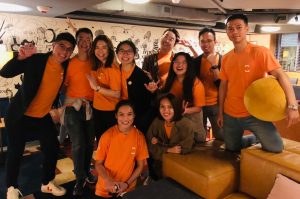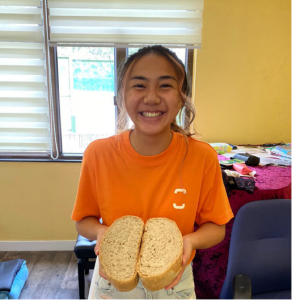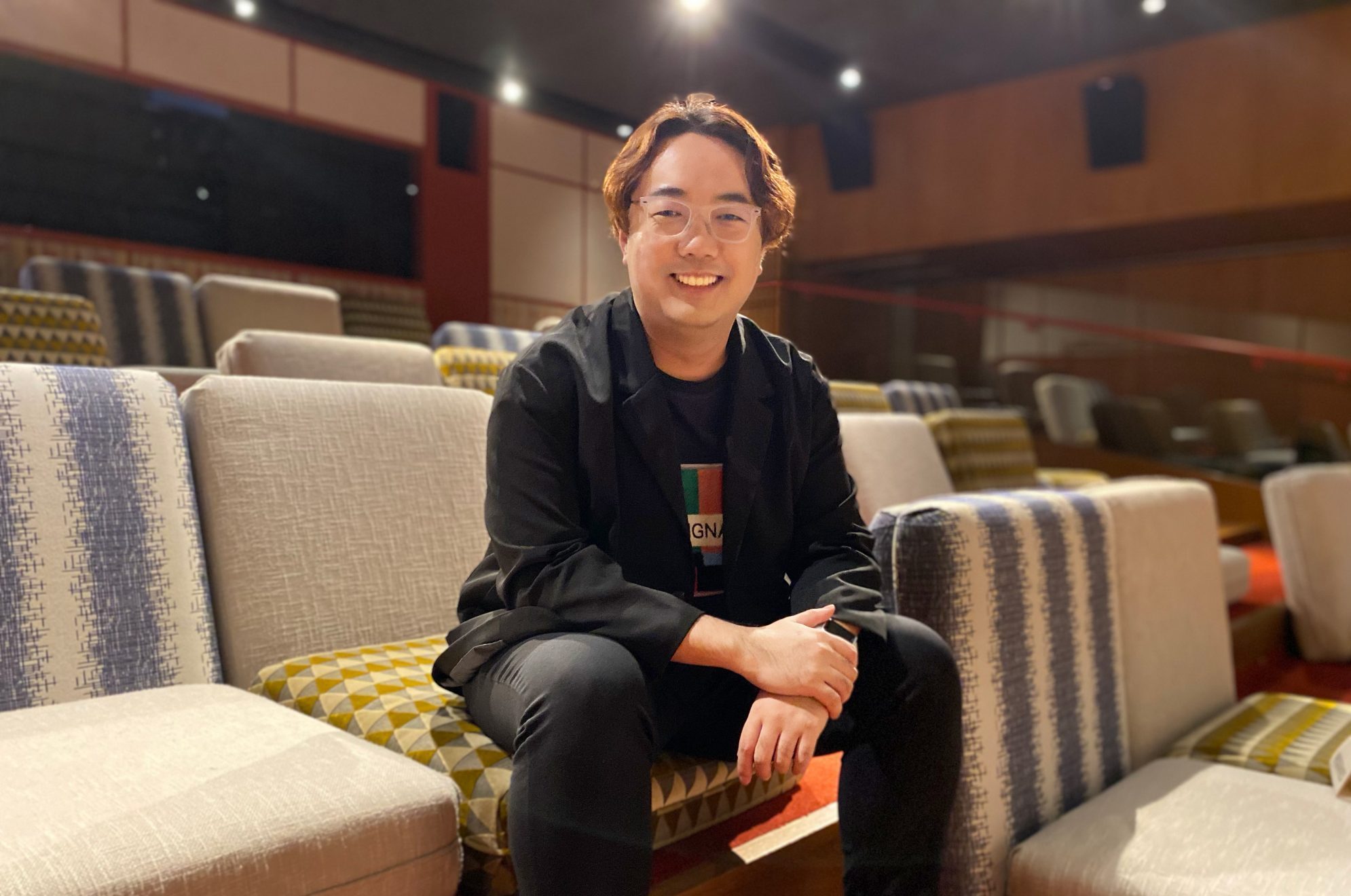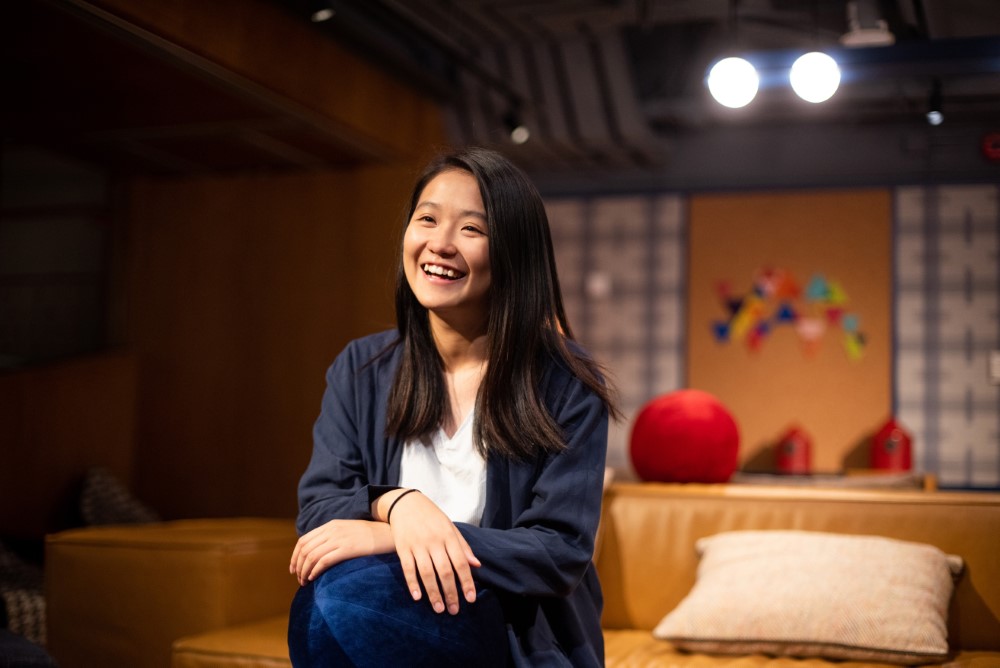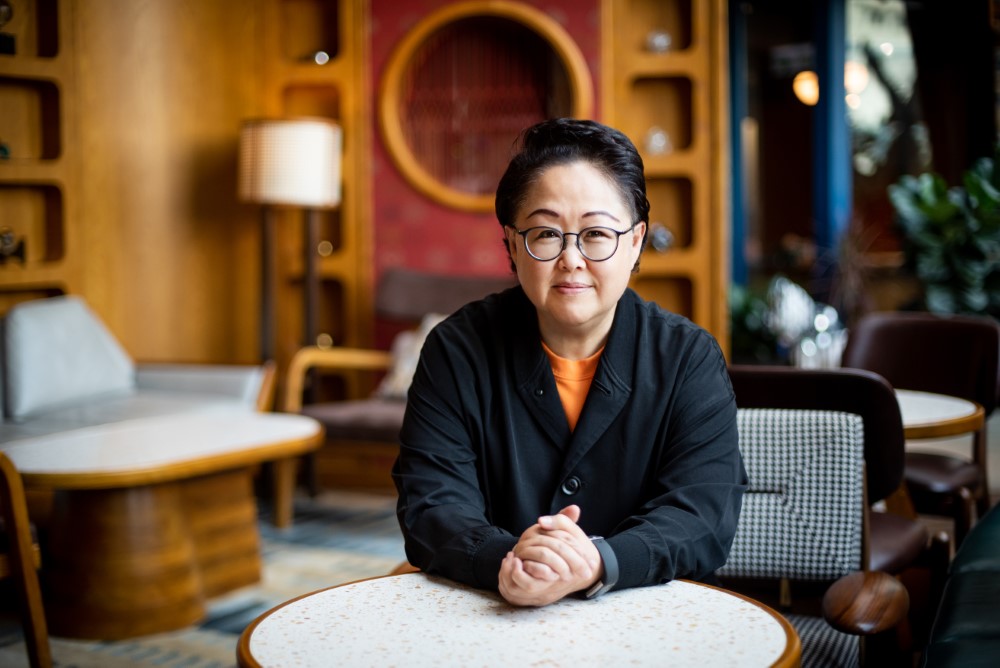Focusing on What’s Possible – Interview with Elizabeth, Project and Communications Manager at Good Lab
Elizabeth, our Project and Communications Manager, talked about why she joined Good Lab, her experience in building bridges between citizens and the Government, and observations over the years of essential elements that make or break co-creation efforts.
Elizabeth has been Good Lab’s Project and Communications Manager for the past 2.5 years, supporting some of our flagship partnerships with various government departments. Previously, she had tried different posts in other places — e.g., advocacy groups, corporates — and finally joined us, as she saw Good Lab as a niche organisation acting as a bridge between citizens and the Government. She decided to join us, wanting to be a part of the ‘possibility’ of what’s thought to be impossible before: citizen-government co-creation.
We caught up with her, and asked this exact question — with so many aspects of Hong Kong changed in the past 2.5 years, does she still see citizen-government co-creation as a possibility and hope?
Here is a short and abbreviated version of our insightful conversation.
Good Lab: Your role is to bring citizens and government departments to work together in collaborative ways. That can’t be easy as both groups may have a stereotype of the other from past experiences. How do you approach each side?
Elizabeth: I’m here to help citizens to reimagine new possibilities, reassuring them that their opinions matter and insights are important to the community. We work with them to ensure their voices are heard and ideas are considered by the Government in a constructive way.
What citizens usually want is an open, transparent process that they can take part in, where they can see their ideas being respected. Many citizens would actually support the outcomes, even in the end if they may not be exactly what they proposed, as long as they see how they got there.
When co-creating new ideas with the citizens and Government, it’s important to also consider the limitations and practical challenges they come with.
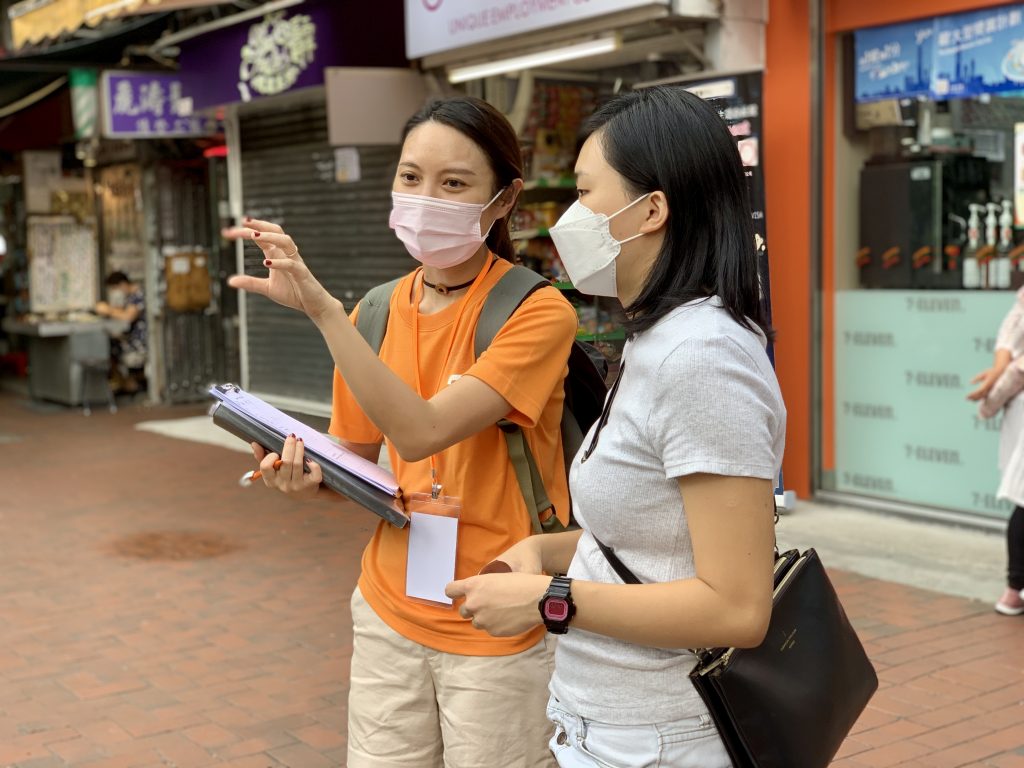
Good Lab: After working on several innovation projects in the public sector, what are some essential elements required in the partnerships to make sure you don’t get ‘stuck’ halfway, or get into a dead end?
Elizabeth: There are many elements, and I’d highlight three important ones.
First, both the citizens and Government need to trust that Good Lab is an intermediary that takes an impartial stance. We don’t take sides, and we’re here to help them find a shared solution.
Second, as collaborators, everyone needs to be truly open and flexible to outcomes. The main reason why organisations partner with us is that they want to seek our help to find new, out-of-the-box solutions to challenges where they are stuck. Whilst organisations are looking for innovative solutions, the underlying question to explore is: How open are they to real innovation, or do they just want to ‘innovate’ within certain prescribed boundaries?
We also take the opportunity to empower the teams to become ‘Champions of Innovation’, advocating the benefits of community co-creation and Design Thinking to their counterparts.
Elizabeth: Quite often, that box of possibilities is far too narrow and, frankly, not innovative at all. We endeavour to expand stakeholders’ limits on what’s possible using different engagement techniques, as that’s where the breakthroughs and new solutions lie. For instance, our collaboration with the Drainage Services Department in 2019, where we co-designed with the community a district-based educational programme in addition to the public co-use space within the Shek Wu Hui Effluent Polishing Plant, was a remarkable demonstration of innovation that had stretched beyond boundaries.
Last but not least, internal alignment within the government department is critical prior to starting the process of Design Thinking and community co-creation. For interdepartmental projects, in particular, the purpose must be aligned at the earliest. However, we often see teams being brought together with little understanding of the common goals, and sometimes they may even be unsure about what their roles could be in driving innovation.

It’s absolutely crucial, therefore, to get different teams and stakeholders involved to row with the same rhythm towards the same direction. Only when this happens, effective collaboration will take shape and new ideas will emerge.
In our work at Good Lab, we collaborate with various government departments to ensure their teams are onboard with the purpose and value of innovation projects. Even though this process may take time, it’s a worthwhile effort.
As a result, not only would it enable us to facilitate the subsequent citizen-government co-creation more smoothly, we also take the opportunity to empower the teams to become ‘Champions of Innovation’, advocating the benefits of community co-creation and Design Thinking to their counterparts.
Good Lab: Good points. It seems that rarely does an innovation project ‘go to plan’.
Elizabeth: Yes, it’s a challenge, but that’s why I love what I do. A successful innovation project in the public sector requires constant calibration, and new tactics need to be deployed. When I see the successful outcomes at the end, I’m always so proud of what we’ve accomplished with the community.
Good Lab: Hong Kong has undergone an immense amount of changes in the past 2.5 years. How do you see the future of Good Lab’s work?
Elizabeth: All places would experience their own challenges and opportunities for change. For example, change in a sub-urban area in Canada is going to look very different to what’s possible in Hong Kong, one of the most densely populated cities in the world. Similarly, the possibilities we see in Sheung Shui are also different to those in Wan Chai. We must focus on what’s possible. I choose to look at what’s possible and strive towards it, giving my best to bring the citizens and Government closer together to make changes happen. I’ve witnessed changes in the community because of our work, and these outcomes have been driving me forward over the past 2.5 years.
Good Lab: Thanks Elizabeth for being a changemaker as part of the Good Lab team, and working tirelessly with the community to make the impossible possible!
If you would like to find out more about our social consulting projects, some of which Elizabeth had participated in, you may visit Our Experience!

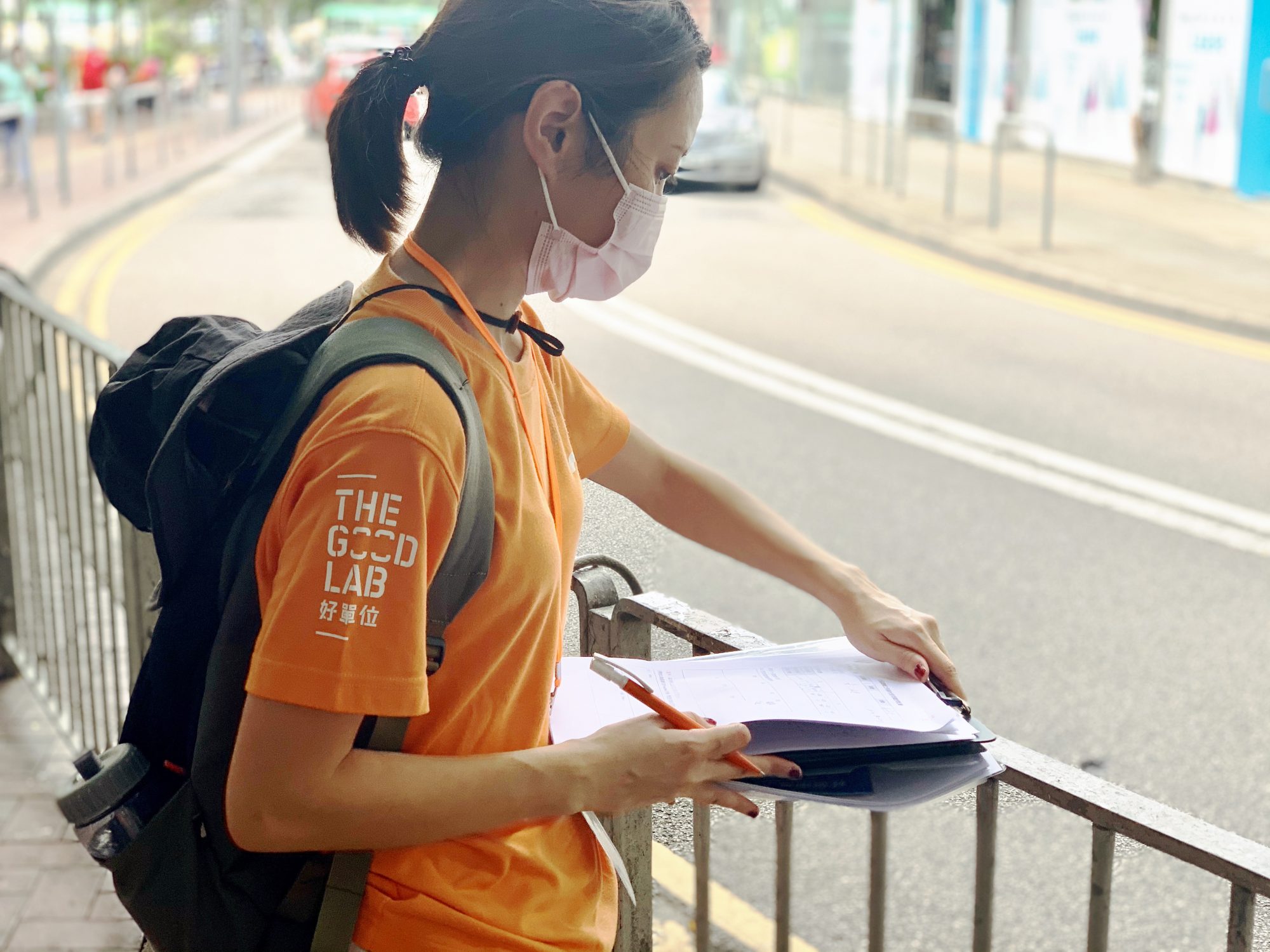
















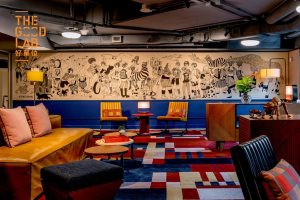



 Hands-on Experience
Hands-on Experience 

